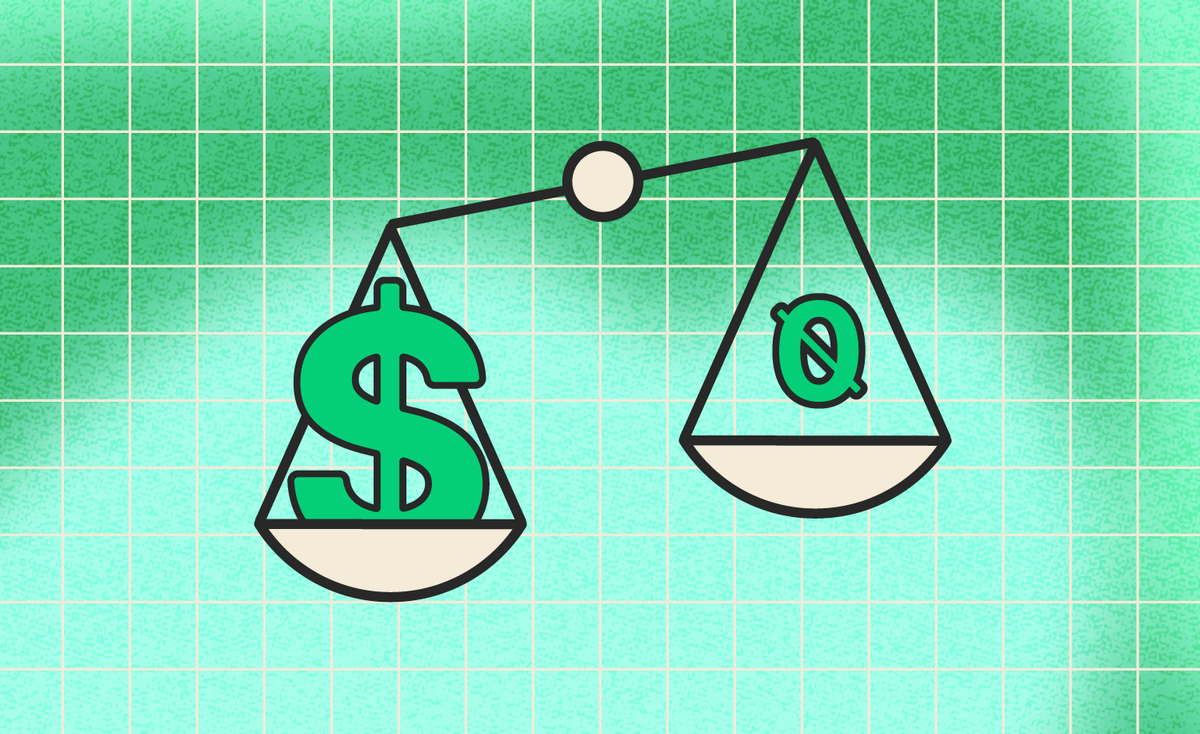Why Is Funding All-Or-Nothing?
The concept of all-or-nothing funding on Kickstarter and provide our rationale for why we believe this approach is beneficial.

Have you ever had a creative project that you wanted to bring to life but couldn't because of financial constraints? In this blog post, we will discuss the concept of all-or-nothing funding on Kickstarter and provide our rationale for why we believe this approach is beneficial.
When we launched in 2009, we established the all-or-nothing model to protect creators and minimize risk for everyone. By not releasing funds unless a project meets its goal, we ensure that creators have enough money to do what they promised and are not expected to complete a project without the necessary funds. This also assures backers that they’re only funding creative ideas that are set to succeed.
We’ve seen that having a goal to rally around creates a sense of urgency—it gets early backers personally invested in bringing on more supporters, and it makes every backer part of a community crossing the finish line together.
How Creators Control All-Or-Nothing Funding:
Creators are responsible for setting their own financial goal and their fundraising deadline. A campaign can run for just one day or up to 60, but we tend to see 30 days works best—it makes support feel timely. Once a creator launches their project, the funding goal and deadline are locked in.
For technical reasons, we are not able to pause campaigns. But if a creator decides now is not the time for their project, they have the ability to cancel and relaunch at a later date. This is a common practice that can make sense for lots of different scenarios. If you decide to go this route, you will need to get your original backers on board again, but Kickstarter does not penalize relaunched projects in any way.
There’s no shame in needing a reset.
Clear, Transparent Communication Is Key:
In some cases, creators will run into challenges and have to make changes to what they first promised their backers. That’s why we say that backing projects is different from making a purchase. There is inherent risk in the creative process, and things don’t always go as planned.
When that happens, creators must communicate changes and delays on their project pages and in project updates.
We also expect them to follow our rules for honest and clear presentation.
Kickstarter Is Exclusively for Creative Work, but Clarify How Paying Yourself and Supporting Your Community Fits in to Your Project:
There are projects that are unsuitable for Kickstarter and won’t be permitted to launch. For example, you can’t create a campaign solely to raise money for yourself or a charity. A project must produce original creative work that the creator can share with their backers in some way.
That being said, it’s crucially important that creators factor a salary for themselves into their project budgets. This allows them to sustain their work and avoid burnout, and we believe creative labor deserves a fair wage. Many of your supporters are likely to feel the same. Feel free to add messaging to your page explaining how your project is a job for you, and how additional funding can help you do it better and strengthen your long-term creative practice.
And know that there is room for nonprofits here as well. Charities can run campaigns to realize creative projects. A campaign can also donate some products (but not money) to charities and pay you for your work. Thinking about how your Kickstarter project can support your community and your own well-being is important and very much allowed.
